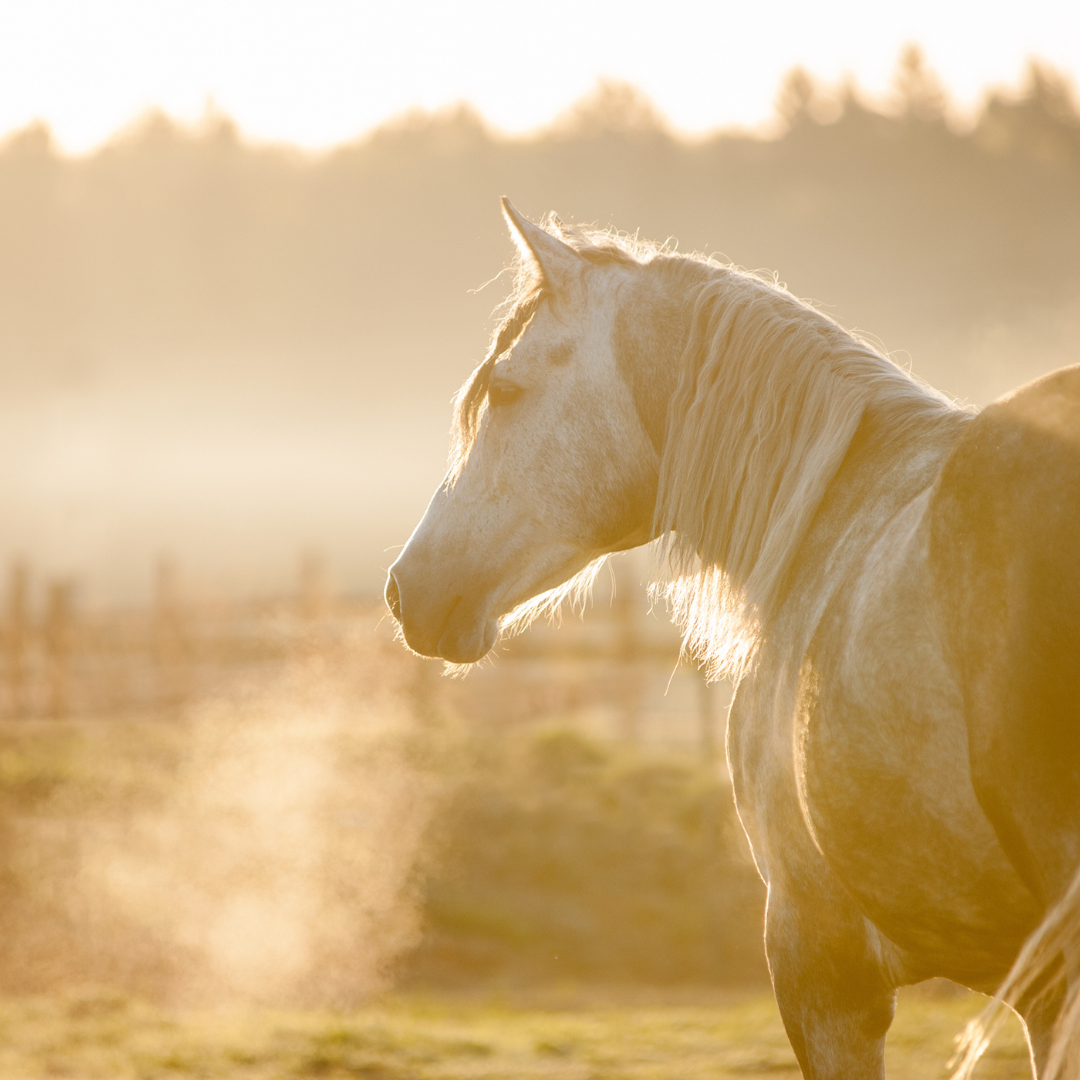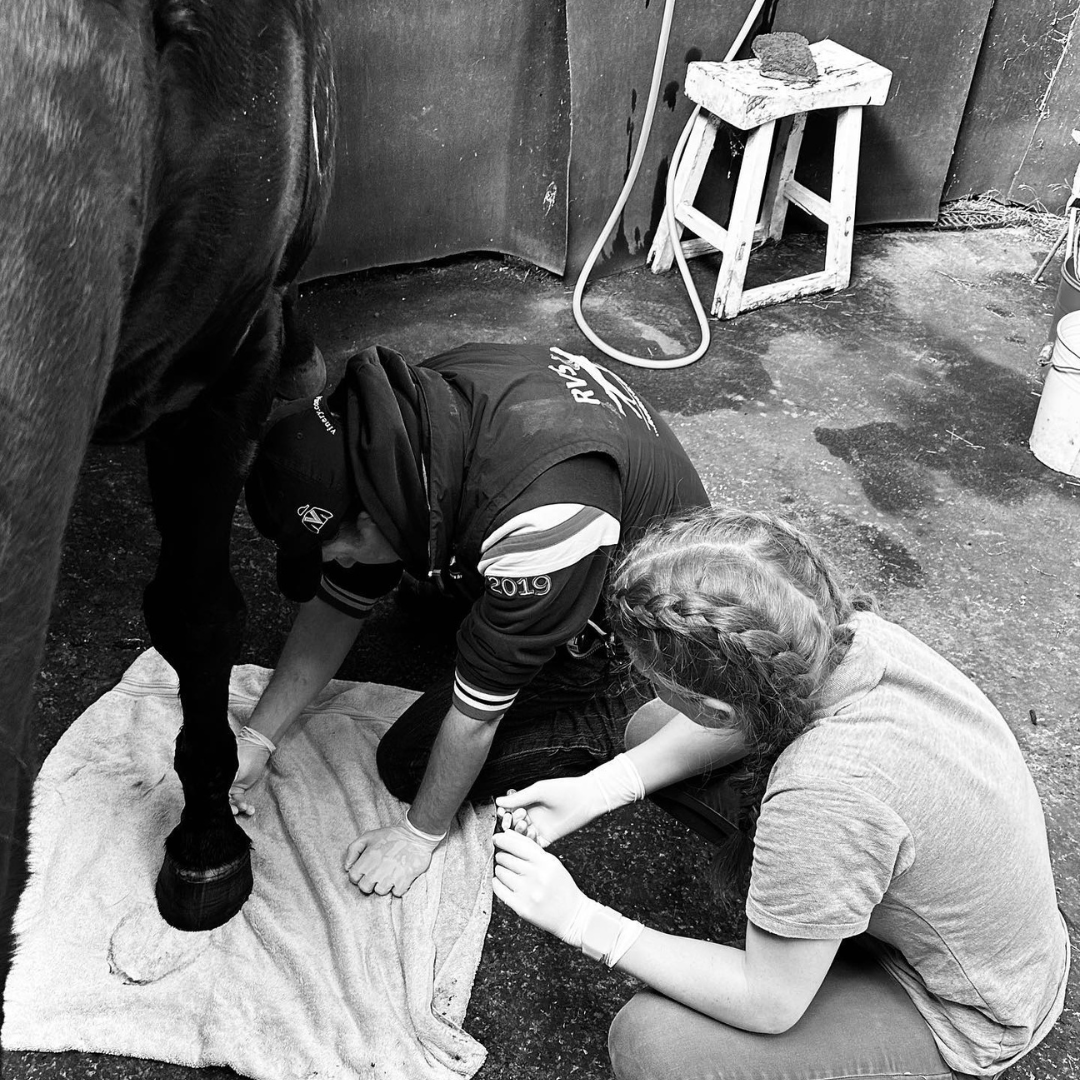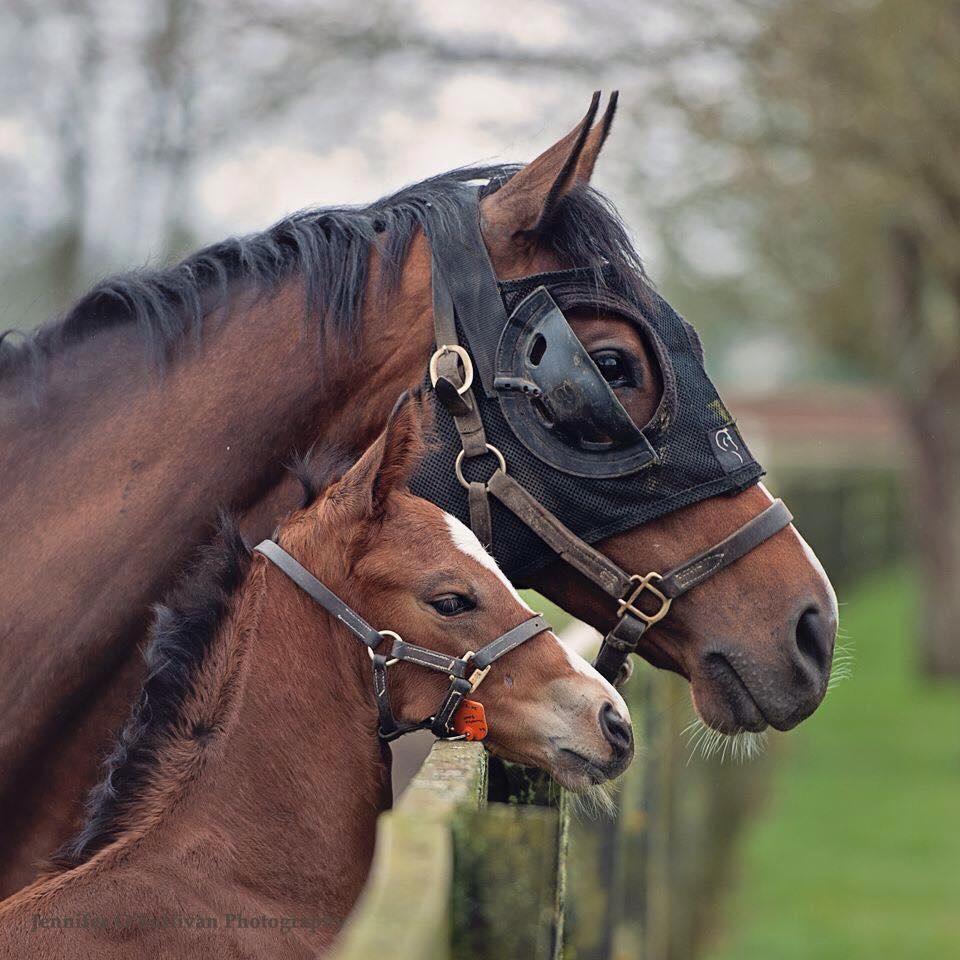
A 7yo thoroughbred gelding (racehorse) which had moved to a new premises for training several months ago, presented with a chronic cough and occasional nasal discharge.
The horse appeared bright and healthy with good appetite. Temperature and respiratory rate were within normal limits and lung sounds were healthy. The horse was reported to be working well but the coughing was interfering with work occasionally and breathing was reported as “thick” when doing more intense exercise.


An endoscopic examination in a horse is performed to evaluate the upper airway, including nasal passages, nasal septum, ethmoturbinates, nasomaxillary opening, pharynx, guttural pouches (aka auditory tube diverticulum), larynx, and palate, for structural and functional abnormalities. Knowledge of the normal anatomy of the nasopharynx is critical during endoscopic evaluation of the upper respiratory tract. Knowledge of the normal laryngeal and palatal functions is also very important.
Endoscopic examinations on this particular horse over several weeks found mucus in the trachea on multiple occasions varying from grade 2 to grade 4 (on a scale of 0-4).

A broncho-alveolar lavage (BAL) was carried out to sample the mucus and analyse the composition to help establish the cause and to devise an effective treatment plan.
Pictured (left) is a BAL being carried out using a portable endoscope for guidance.
The laboratory analysis of the BAL fluid revealed the following results:
-
30% of cells were macrophages (normal)
-
50% of cells were lymphocytes (elevated)
-
16% of cells were neutrophils (elevated)
-
No infectious agents (e.g. bacteria) were seen or cultured
-
No erythrocytes or haemosiderophages were seen so there was no evidence of pulmonary haemorrhage
The resulting diagnosis was of inflammatory airway disease (IAD).
After further discussion with the owner/trainer, revealing that the horse had never suffered from IAD in the previous 5yrs of training & racing, a blood sample was collected for IgE allergen blood testing.

These blood results that were returned are relatively common for racehorses in Australia with sensitivity to multiple grasses, pollens, grains and some other plants (weeds & trees).
Following on from these results we sat down with the owner/trainer and came up with a detailed plan. The diet of the horse was altered to avoid the grasses and grains giving the highest sensitivity ratings.

These dietary changes were combined with a short course of Prednisone. This corticosteroid prevents the release of substances in the body that cause inflammation arising from ongoing allergy responses.
Within a short period (7-10 days) the cough became less frequent and subsequent sequential endoscopic examinations showed a reduction in the amount of mucus in the trachea. Eventually, after a few more weeks, a total amelioration of all the clinical signs was seen.
The horse performed well (raced successfully in Melbourne) on the new diet and there has been no recurrence of clinical signs.
Inflammatory Airway Disease is a very common finding in racing and performance horses and frequently causes interference with training and can impact on athletic performance.
Clients commonly believe their horses to be suffering from respiratory tract infections but the BAL is a definitive way of eliminating infectious agents as a cause of the clinical signs and establishing the true cause, thus avoiding unnecessary use of antibiotics.
If you have any concerns about your horse's health, please don't hesitate to get in touch with our Vets on (03) 5975 6586.
Dr Eoin Kelly MVB MRCVS
Racetrack Veterinary Services








